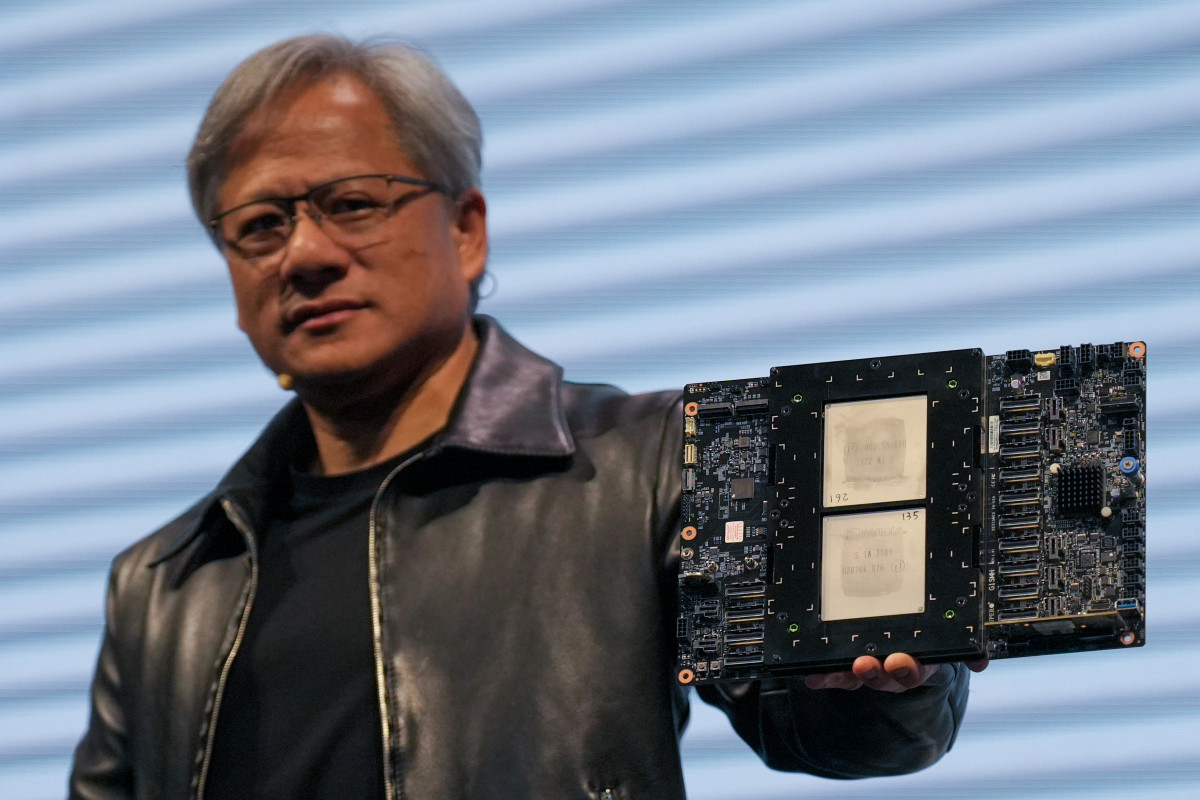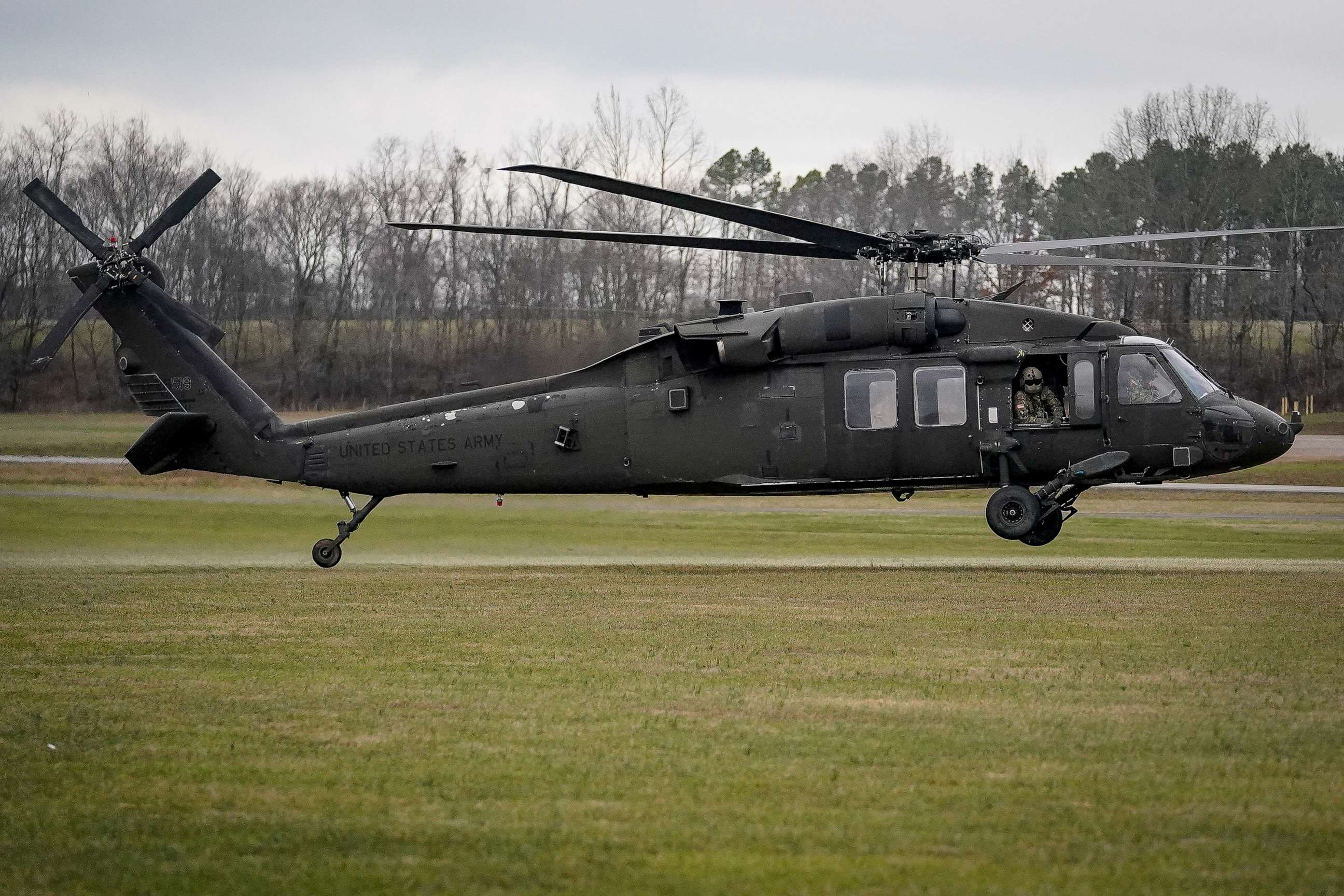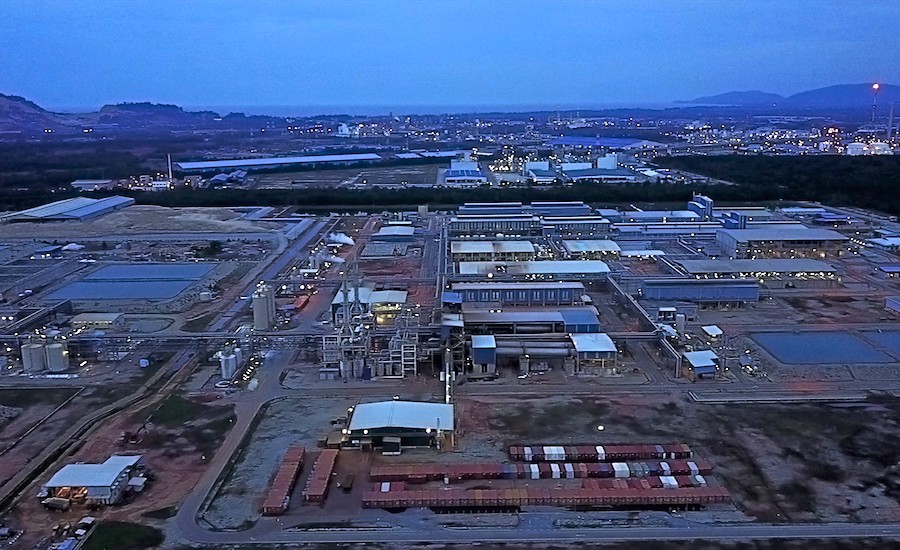Huawei's New AI Chip: A Challenger To Nvidia's Dominance?

Table of Contents
Huawei's New AI Chip: Specifications and Capabilities
Architectural Innovations
The Ascend 910 boasts several architectural innovations designed to maximize performance in AI workloads. Its unique architecture focuses on high-bandwidth memory access and efficient data transfer between processing units. This is crucial for handling the massive datasets involved in deep learning.
- High Compute Power: The Ascend 910 claims to deliver exceptional compute power, exceeding the performance of some competing chips in specific deep learning tasks. This is partly achieved through its novel processing unit design.
- Advanced AI Acceleration: The chip incorporates specialized hardware accelerators for AI operations, offering significant speedups compared to general-purpose processors. These accelerators may be similar in concept to Nvidia's Tensor Cores but tailored to Huawei's specific AI algorithms.
- Optimized for Deep Learning: The architecture is optimized for both training and inference workloads, targeting a broader range of AI applications from large-scale model training in data centers to real-time inference at the edge.
- Massive Memory Bandwidth: High memory bandwidth is critical for AI, and the Ascend 910 is designed to handle the demands of large models and datasets with minimal bottlenecks. This is crucial for faster training and inference speeds.
Performance Benchmarks and Testing
While comprehensive independent benchmarks are still emerging, early reports suggest promising performance from the Ascend 910. These suggest it achieves competitive speeds in certain AI tasks, especially those related to image recognition and natural language processing.
- ImageNet Classification: Preliminary results suggest competitive performance against Nvidia's A100 in ImageNet classification, a common benchmark for image recognition capabilities.
- BERT Fine-tuning: Tests involving BERT fine-tuning (a natural language processing model) indicate strong performance compared to alternative solutions.
- Specific Application Benchmarks: Huawei has released benchmarks for specific applications like video analytics and recommendation systems, showing strong performance gains in those areas.
Manufacturing Process and Production
The Ascend 910 is rumored to be manufactured using a cutting-edge 7nm process (or potentially even more advanced), contributing to its high power efficiency and performance density. However, potential supply chain challenges related to US sanctions could impact its long-term availability and production scalability.
- 7nm (or smaller) Fabrication: The advanced manufacturing process is key to achieving high transistor density and power efficiency.
- Power Efficiency: This advanced manufacturing contributes to reduced power consumption compared to older generation chips, a crucial factor in data center deployments.
- Geopolitical Implications: US sanctions present a considerable challenge to Huawei's ability to source components and manufacture the chip at scale.
Market Positioning and Competitive Landscape
Target Market
Huawei is targeting a diverse range of AI applications with the Ascend 910. Its versatility positions it for several key market segments.
- Data Centers: Large-scale AI training and inference for cloud-based services.
- Edge Computing: Deploying AI at the network edge for real-time applications like autonomous vehicles and industrial automation.
- Telecommunications: Improving network performance and efficiency through AI-powered optimization.
Pricing and Availability
Huawei's pricing strategy will be critical to market adoption. A competitive price point could significantly impact market share.
- Price Competitiveness: Aggressive pricing could make the Ascend 910 an attractive alternative to Nvidia's high-end offerings.
- Volume Discounts: Potential volume discounts could make it more cost-effective for large-scale deployments.
- Availability: Ensuring sufficient supply will be critical to meeting market demand.
Nvidia's Response and Counter-Strategies
Nvidia's response to the Ascend 910 will be crucial. They are likely to employ various counter-strategies to maintain their market leadership.
- New Product Releases: Nvidia may accelerate the release of new, more powerful GPUs to stay ahead.
- Price Adjustments: They might adjust pricing to remain competitive in various market segments.
- Software Optimization: Focusing on software improvements to maintain a performance edge.
Potential Impact and Future Outlook
Disruption Potential
The Ascend 910 has the potential to disrupt the AI chip market, but several factors will determine its success.
- Technology Maturity: Continued improvements in performance and efficiency are crucial.
- Market Acceptance: Gaining widespread adoption among developers and businesses will be essential.
- Geopolitical Factors: US sanctions pose a major risk to Huawei's long-term prospects.
Long-Term Implications
The success of the Ascend 910 could accelerate AI innovation and adoption across various sectors.
- Increased Competition: More competitive pricing and broader availability of high-performance AI chips will benefit end-users.
- Faster AI Development: The competition could stimulate faster progress in AI algorithm development and applications.
- Industry Diversification: A successful Huawei challenge could lead to a more diverse AI chip market.
Challenges and Risks for Huawei
Huawei faces significant challenges in its attempt to challenge Nvidia's dominance.
- US Sanctions: Continued US sanctions remain a significant obstacle.
- Market Penetration: Gaining trust and adoption among developers and businesses will be time-consuming.
- Technological Hurdles: Maintaining a technological edge in a rapidly evolving market is difficult.
Conclusion: Huawei's New AI Chip: A Game Changer or Just a Contender?
Huawei's Ascend 910 represents a significant challenge to Nvidia's dominance in the AI chip market. While it shows promise in certain benchmarks and boasts impressive architectural features, geopolitical factors and the established market position of Nvidia present significant hurdles. Whether it becomes a true game-changer remains to be seen, but its emergence undeniably injects much-needed competition into the landscape. Keep following the developments in the AI chip market; the rivalry between Huawei AI chips and Nvidia's offerings will continue to shape the future of artificial intelligence. Stay tuned for future updates on the Ascend 910's performance and its impact on the AI chip market competition.

Featured Posts
-
 From Street Sweeper To Celebrity The Inspiring Journey Of Macario Martinez
Apr 29, 2025
From Street Sweeper To Celebrity The Inspiring Journey Of Macario Martinez
Apr 29, 2025 -
 Your Guide To Purchasing Capital Summertime Ball 2025 Tickets
Apr 29, 2025
Your Guide To Purchasing Capital Summertime Ball 2025 Tickets
Apr 29, 2025 -
 Beyond Quinoa Discovering The Health Benefits Of The New Supercrop
Apr 29, 2025
Beyond Quinoa Discovering The Health Benefits Of The New Supercrop
Apr 29, 2025 -
 New Report Details The Horrors Of The D C Blackhawk Passenger Jet Crash
Apr 29, 2025
New Report Details The Horrors Of The D C Blackhawk Passenger Jet Crash
Apr 29, 2025 -
 Rising Costs Prompt Lynas To Seek Us Support For Texas Plant
Apr 29, 2025
Rising Costs Prompt Lynas To Seek Us Support For Texas Plant
Apr 29, 2025
